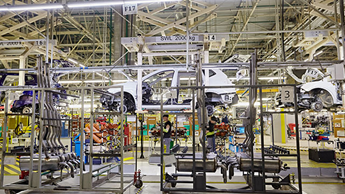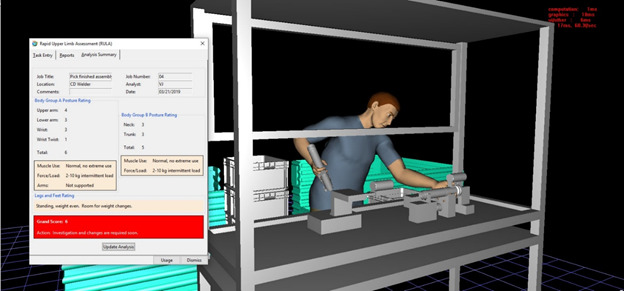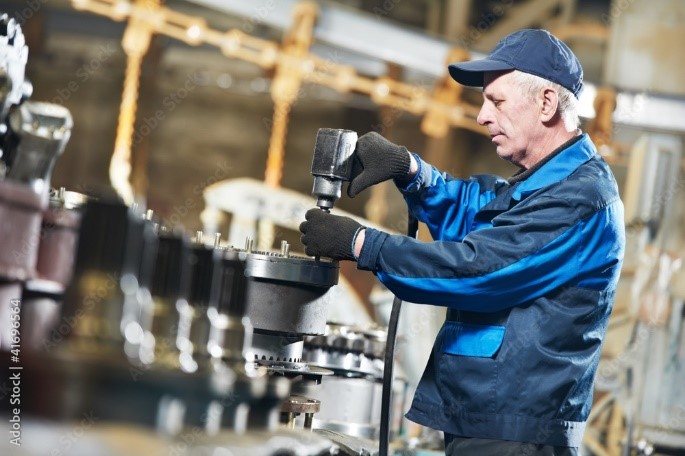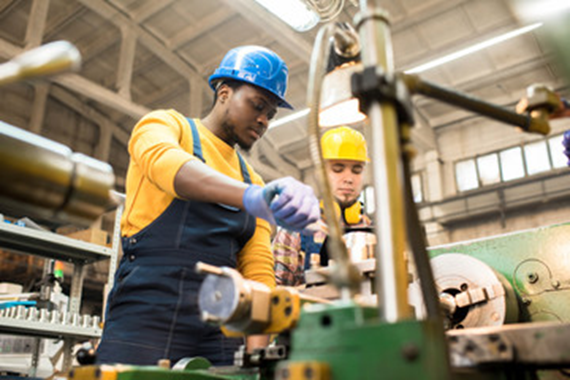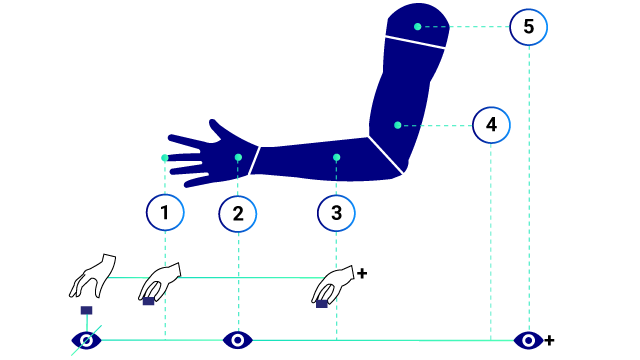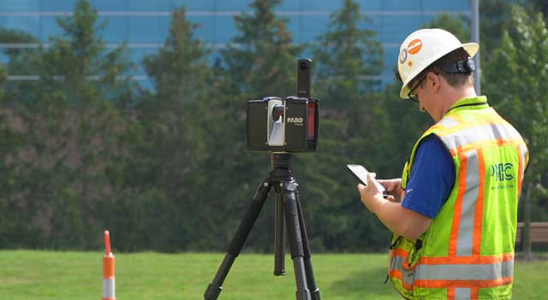3 Ways Simulation Can Help Improve Profits in Production & Assembly Lines
Simulation is a process of using a computer model that represents an existing or planned system to understand the various interactions and constraints in a production system. Simulation modeling allows proposed changes (what-if scenarios) to be tested, productivity, labor and equipment impact analysis of these changes to be performed and understand and visualize the effects of change and the resulting costs prior to implementation.
Production & assembly lines can be a simple or a complex process depending upon the products, the part routing, and facility layout. We put together a list of some commonly received questions for improving processes of all sizes:
- Where are my constraints in the process and how to manage them?
- How should I allocate my operators?
- Where and how much buffer should be added?
Managing Constraints
Simulation can help identify maximum production line capacity. If the simulation predicted capacity is less than the target, a Throughput Improvement Road Map (TRIM) as shown in Figure 1 can be developed using Simulation studies to achieve the target capacity. The TRIM will identify the constraints (might be cycle time, station/equipment downtime, changeovers, etc.) that will have the most impact on the production. The Team can then and decide the best way to bust the constraints based on cost, ease of implementation, resources required, etc.
Figure 1 – Throughput Improvement Road Map (TRIM)
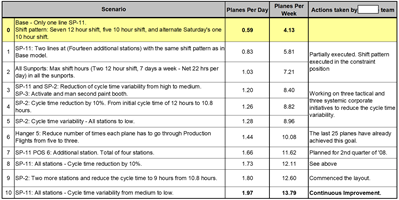
Managing Operators
Simulation can also be used to validate operator or resource allocations. Initially, line balancing technique can also be used to smooth out the production flow by allocating task to the operators such that the task can be completed within the allocated time. Line balancing data then can be fed into simulation for validating the output. What-if scenarios with different operator allocation or schemes can be run to see impact on throughput and overall operator utilization as shown in Figure 2, thus reducing overall cost.
Figure 2 – Operator Relocation Analysis
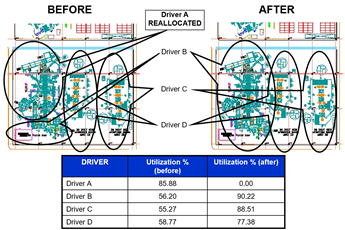
Managing Buffers
There is always a tendency to add more buffer to the production or assembly process. Adding buffer is not cheap, buffer not only increase inventory cost but also require additional capital to buy equipment to store and move the product. Example – A conveyor needs to be extended to accommodate more buffer, additional fixtures required to hold a product in a automated robotic process etc. Simulation can not only help identify location of the buffer but also quantity of buffer required. Buffer sensitivity analysis as shown in Figure 3, can be conducted to identify number of buffers required at a certain location.
Figure 3 – Buffer Sensitivity Analysis
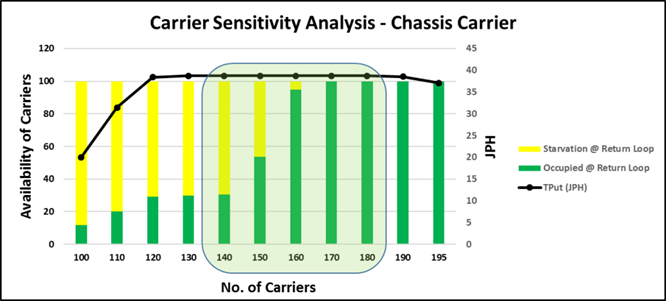
As you can see Simulation can offer various insights in identifying the constraints, use of labor and identifying location and quantity of buffers, thus simulation can not only help increase production but also help in reducing the cost, thus increasing profits!
Want to learn more? Check out our webinar below or contact one of our experts today!
Let our experts show you how our Services can support your projects!
Recent posts
